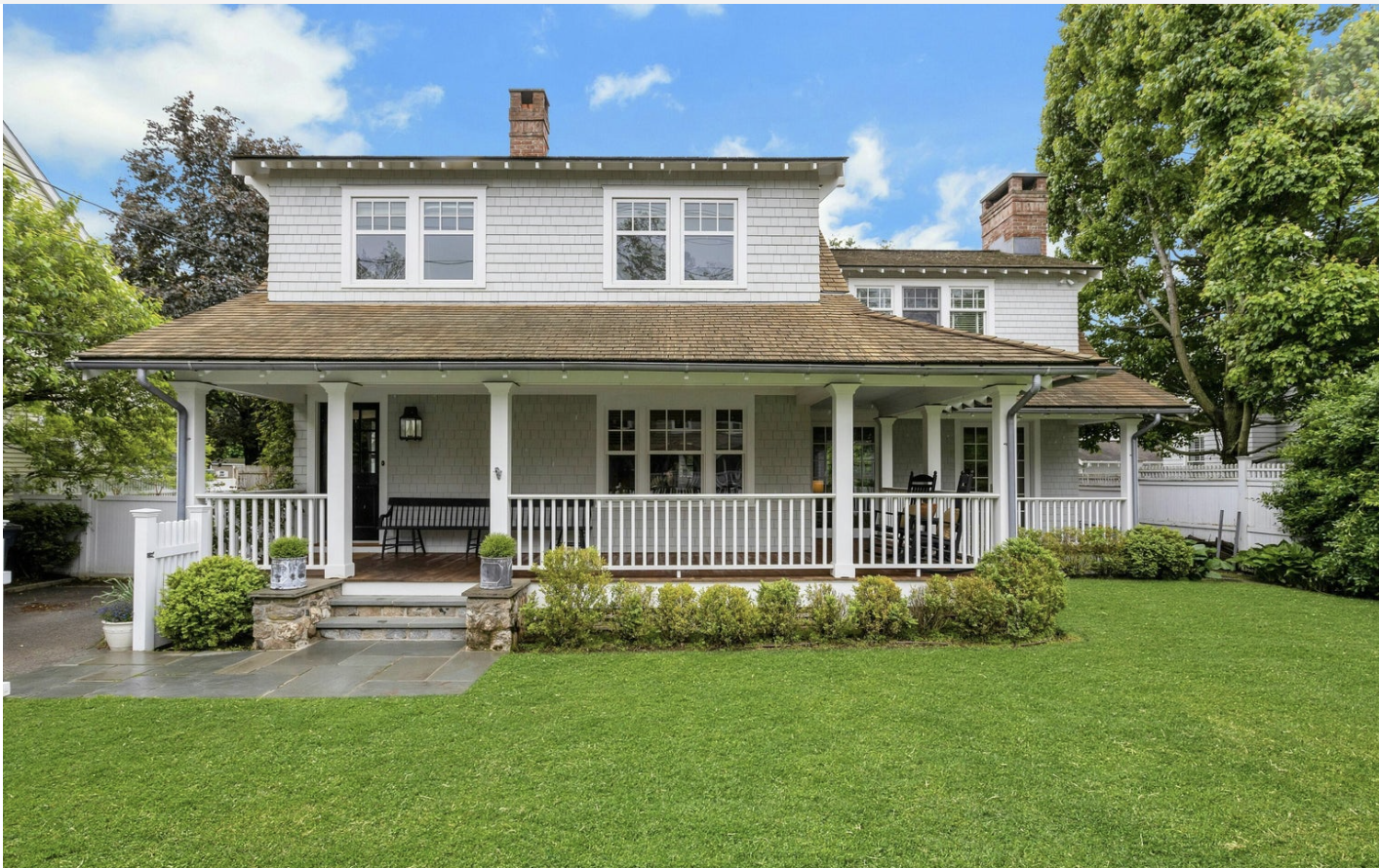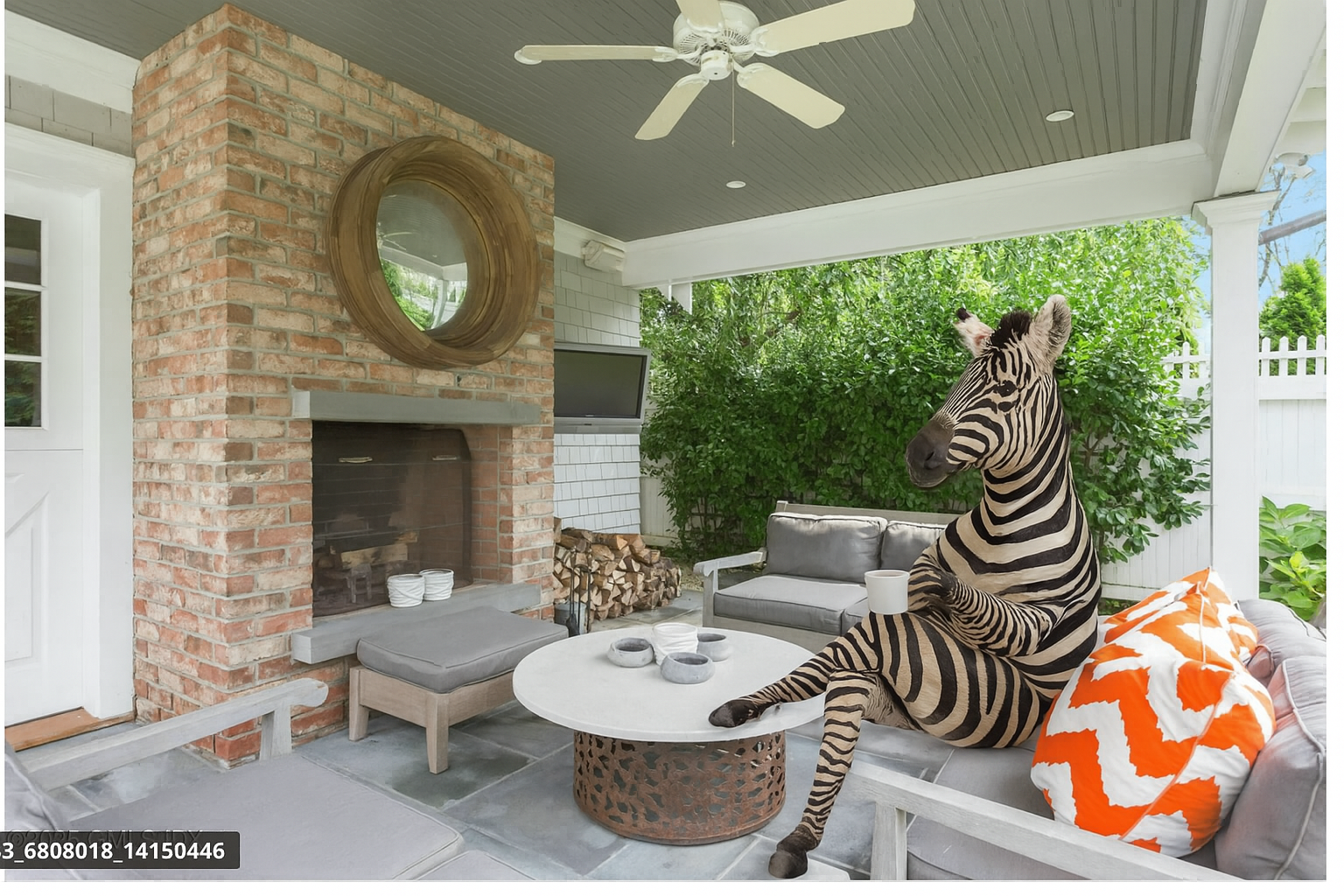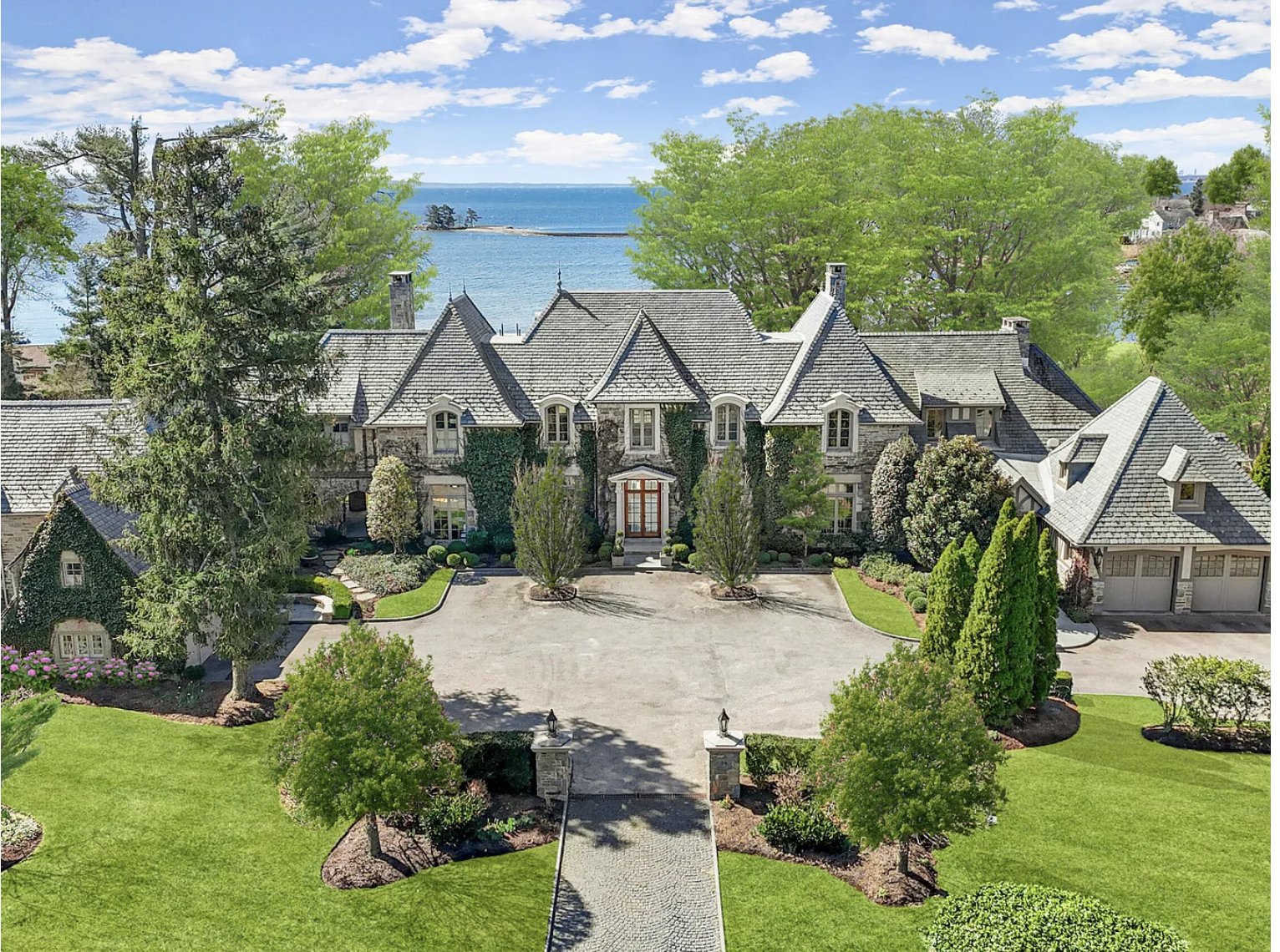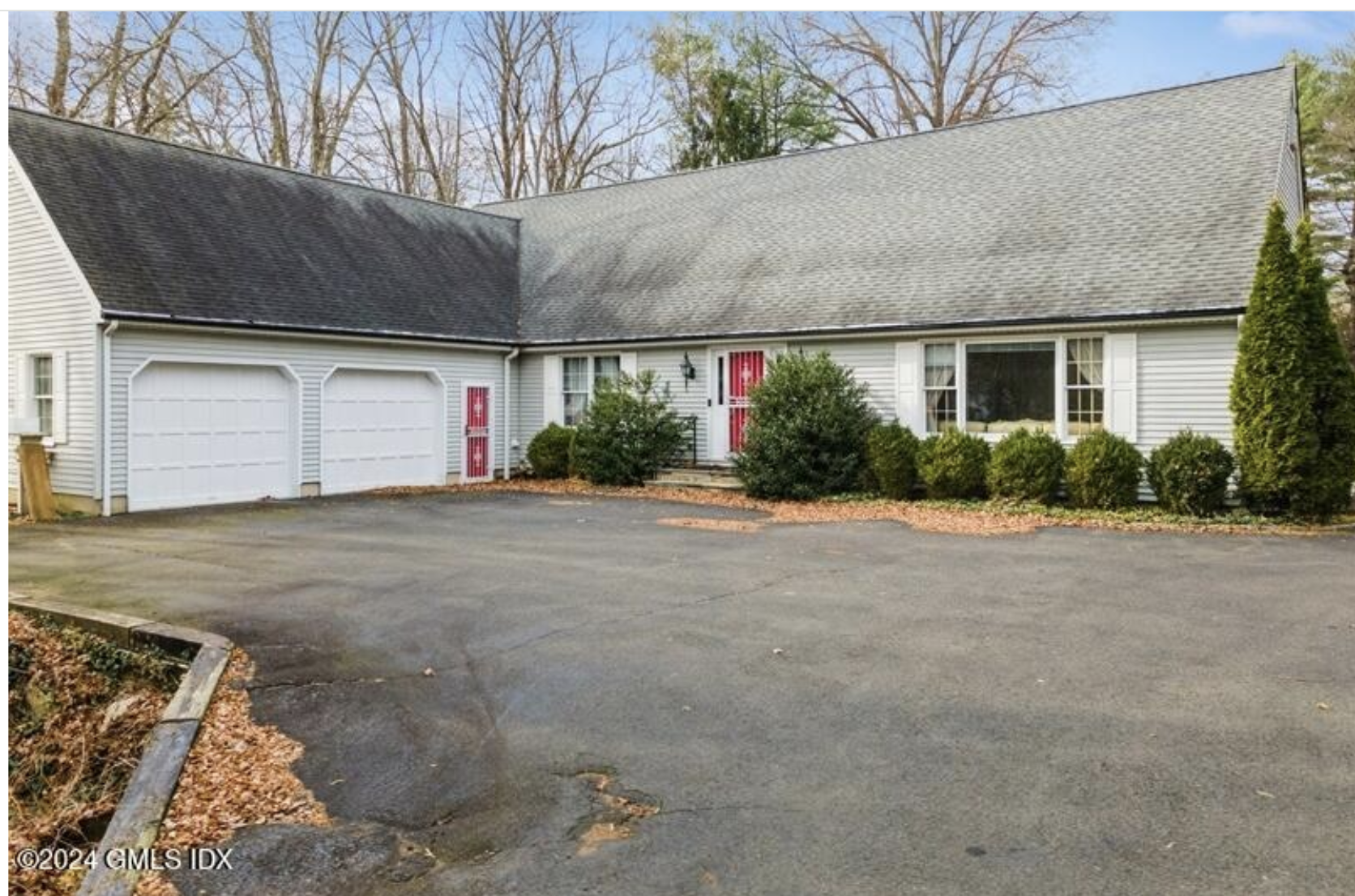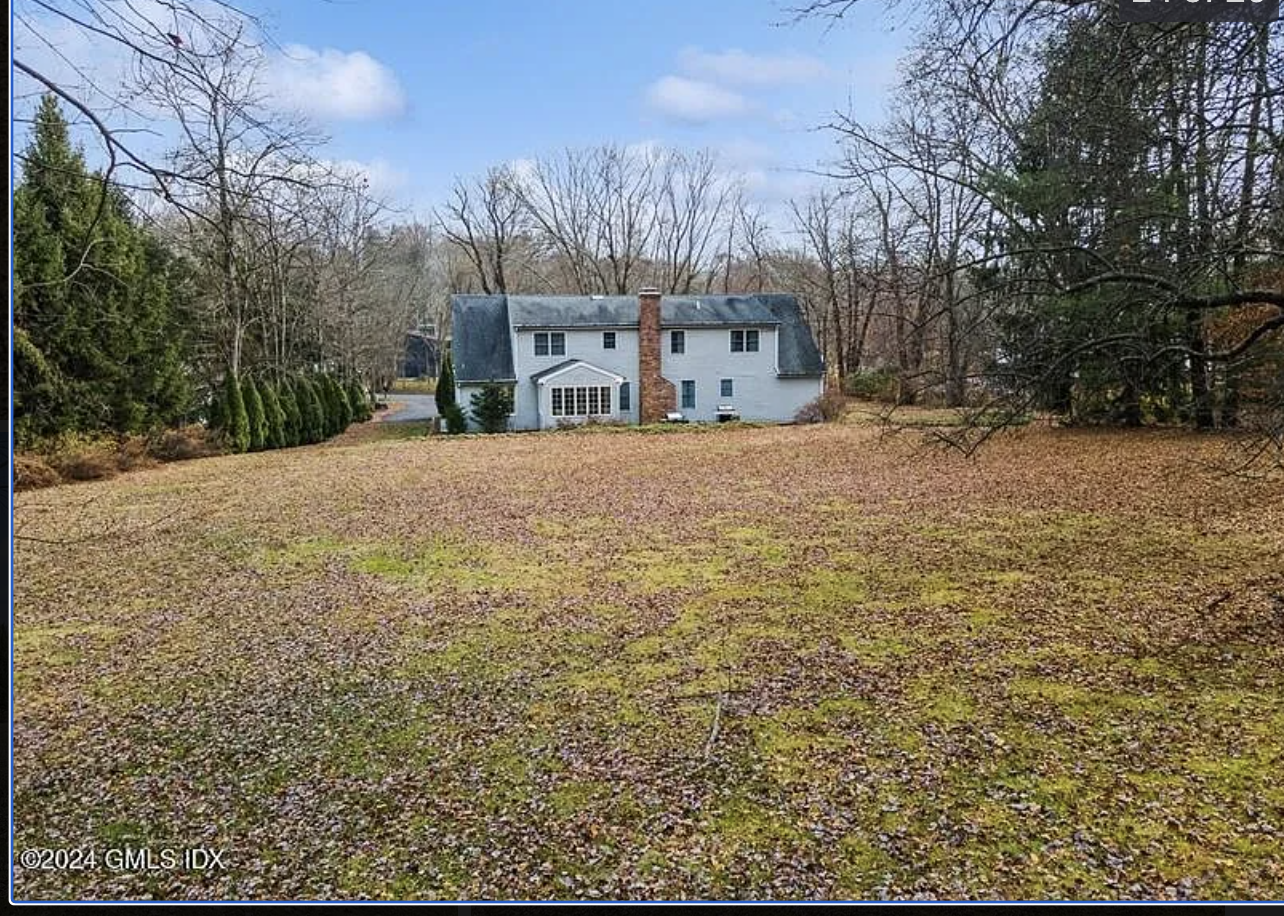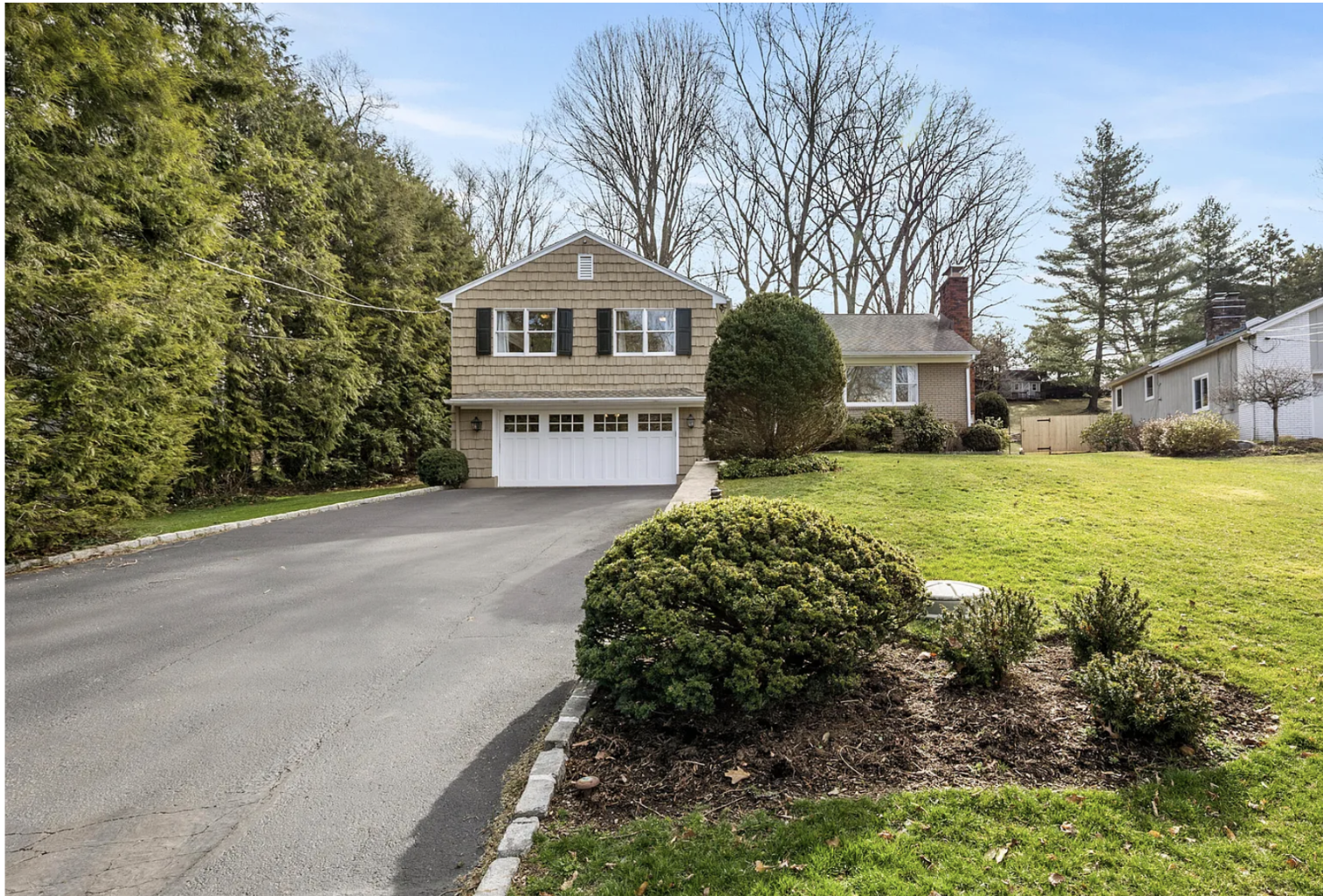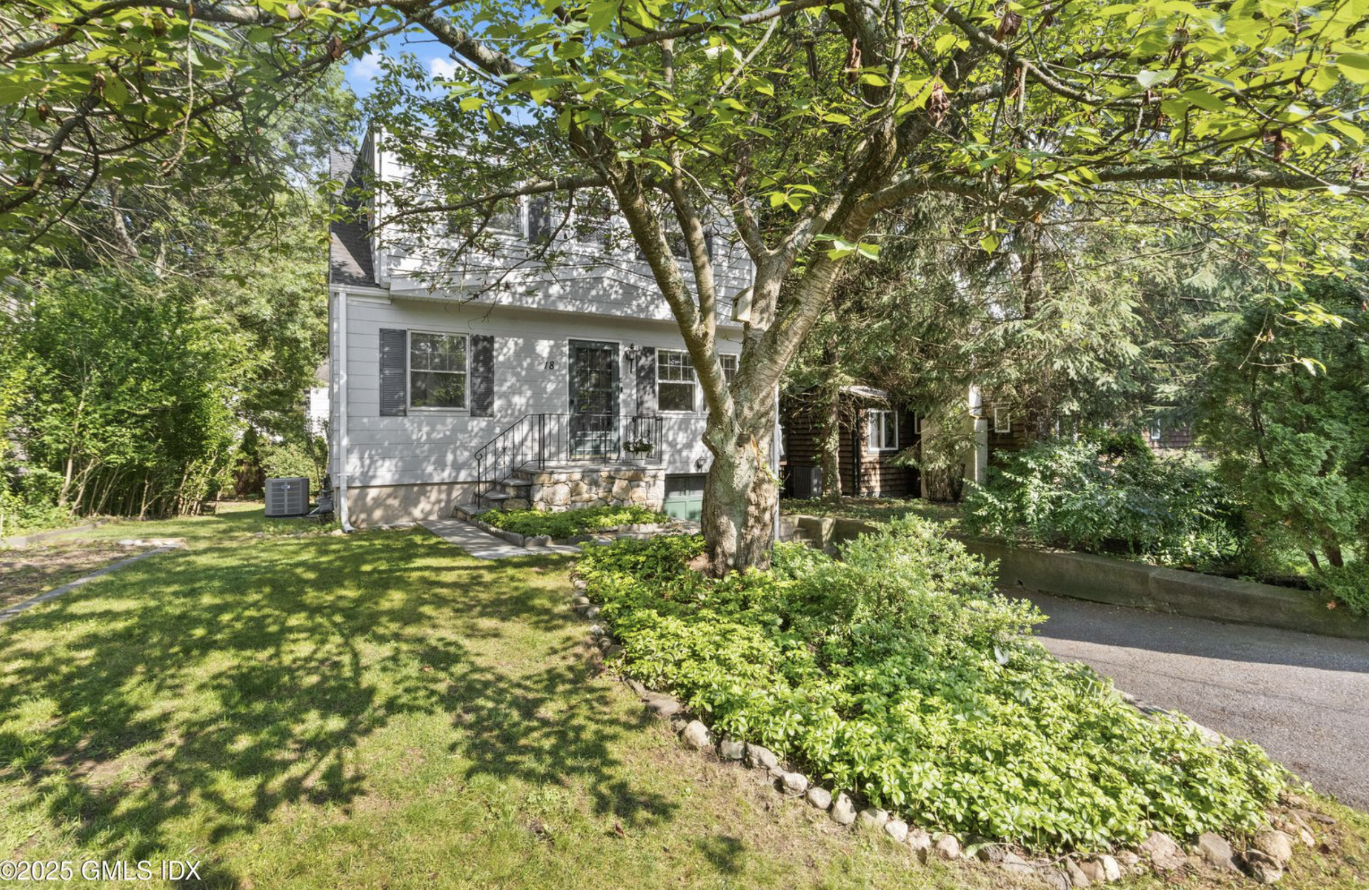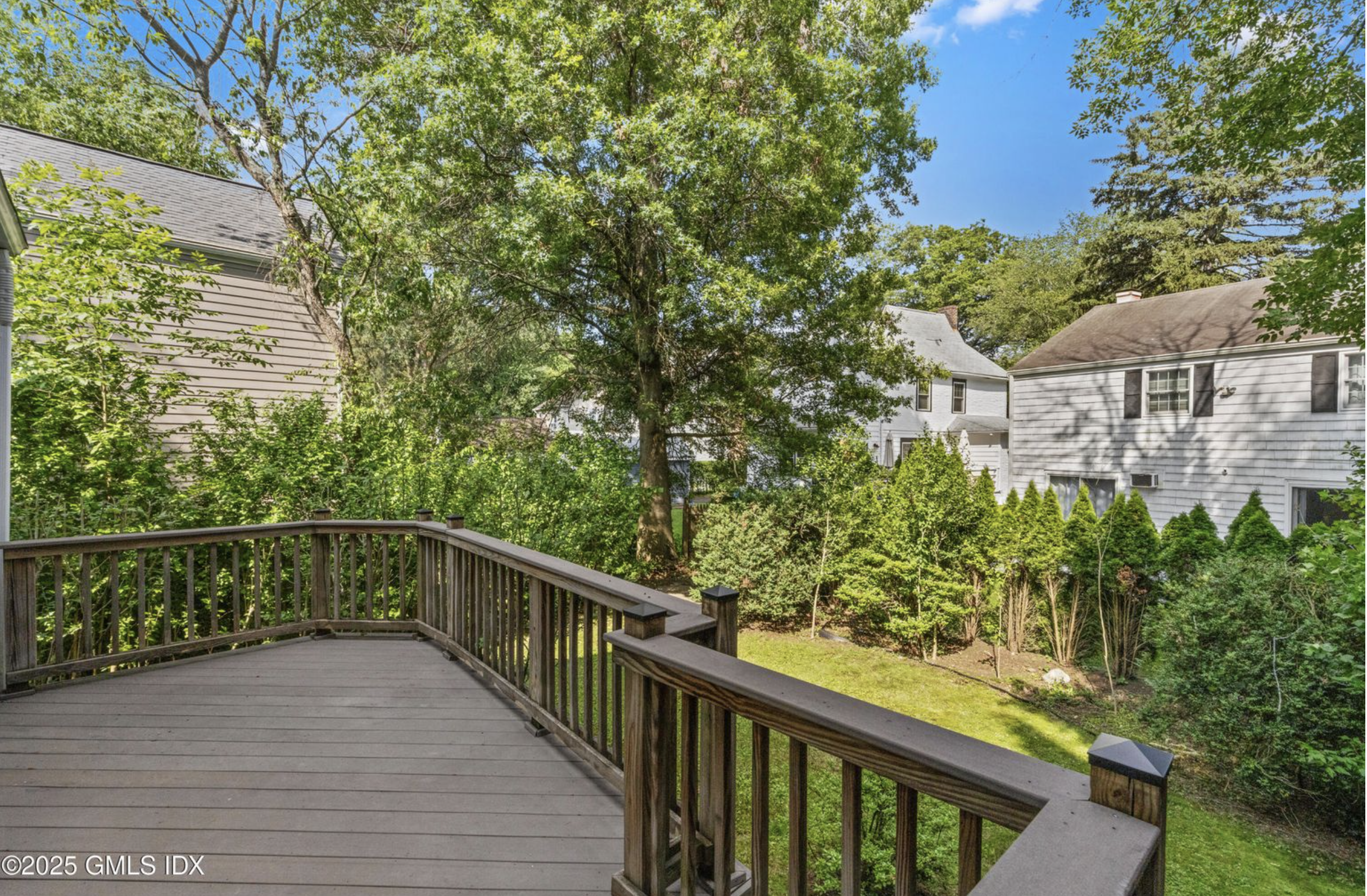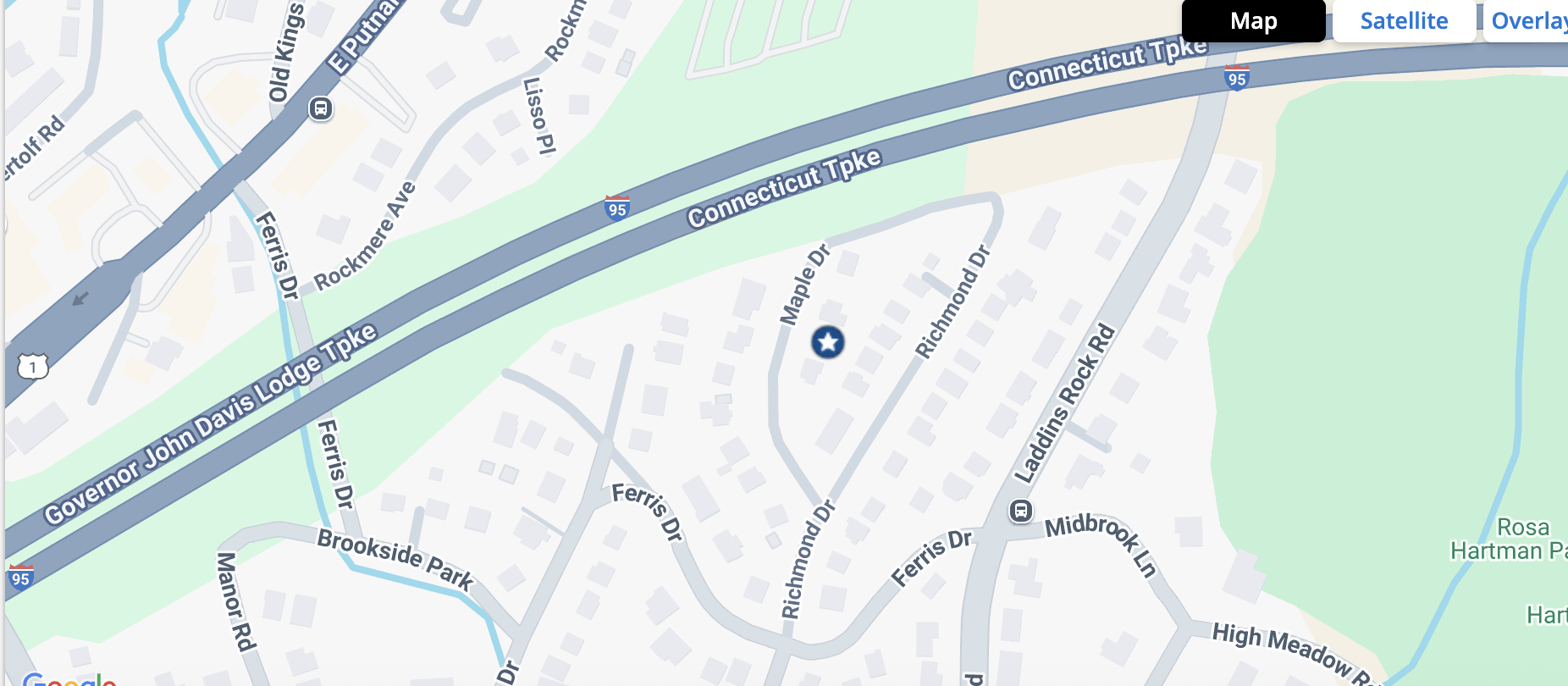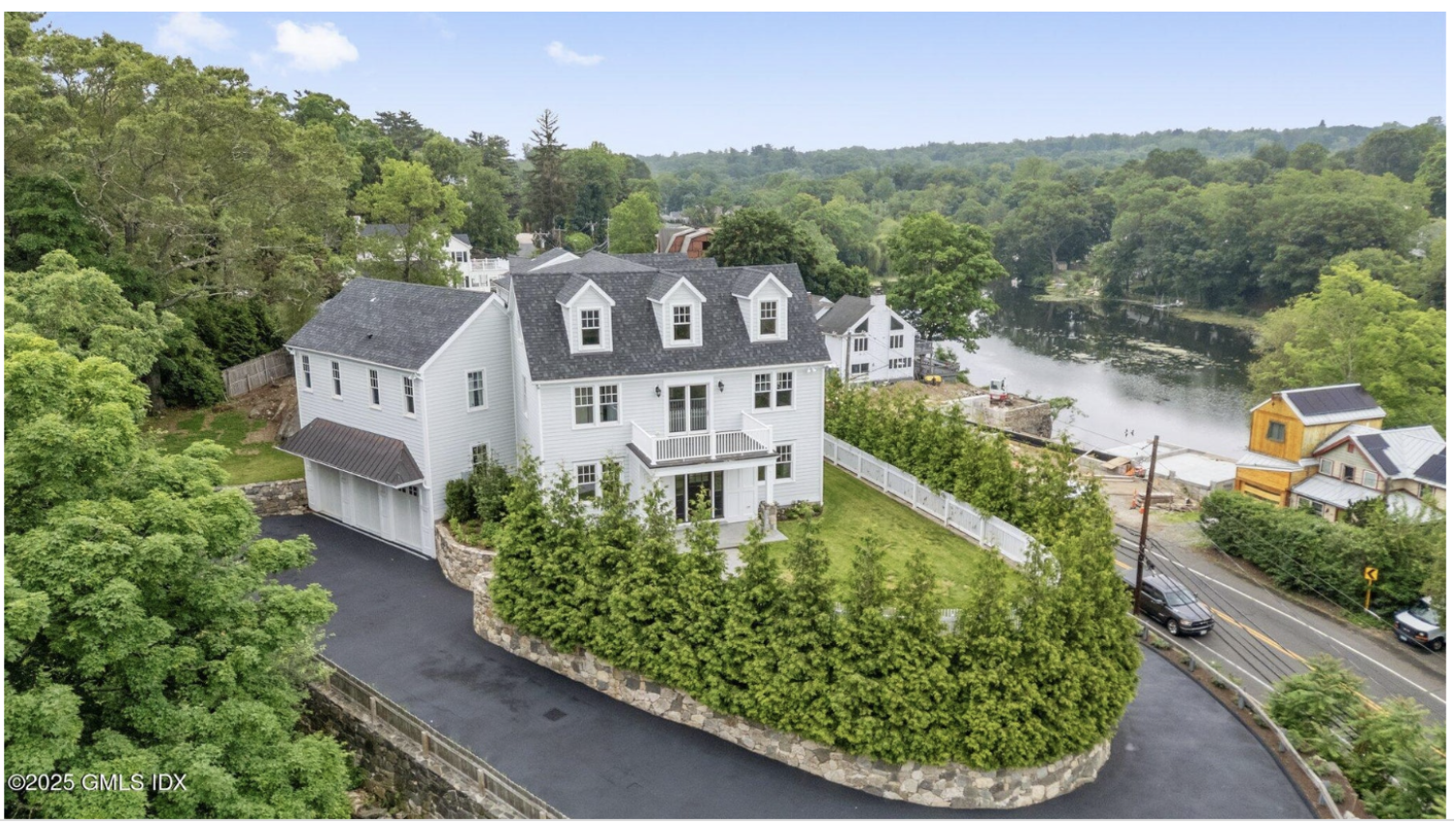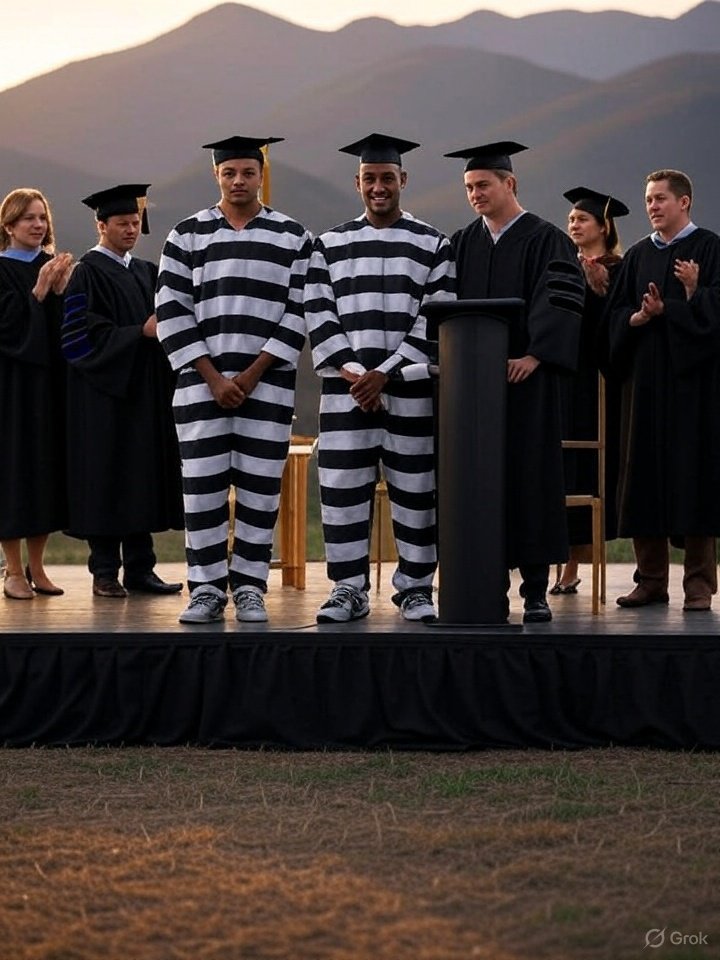Gee, Wall Street's concocted another sucker bet? Who’d have thought?
/You’ll never guess what happens next
Solar loan defaults
From the Wall Street Journal
Surging defaults on loans used to buy residential solar panels are cascading through Wall Street, catching bond investors and private-credit funds in their wake.
About 50,000 U.S. homes had solar panels installed last year, up from about 14,000 in 2019, according to the Solar Energy Industries Association. Falling panel prices fueled the surge, but so did easy credit. GoodLeap and competitors like Sunnova Energy International and Mosaic funneled loans to homeowners through local dealers who sold panels door-to-door.
Glahn: “:Key takeaway: don’t buy anything sold door-to-door.
“You can read the WSJ story, but it all devolves into the ago-old story of asset-backed securities. If you’ve seen the movie Margin Call, you know how that ends.” [FWIW: The film details the massive fraud worked by Goldman Sachs, but of course, Goldman wasn’t the only bank involved in the scam, far from it — just ask Dickie Fuld, or any of his spiritual advisors and models at Enron.]
FWIW: I’ll excerpt a bit more of the WSJ article:
…. GoodLeap doesn’t keep any of the loans it makes, acting instead as a middleman that profits off fees charged for making and servicing the loans. The company is profitable and has pivoted to lending for home improvements such as heat pumps and energy-efficient windows, a GoodLeap spokesman said. The strategy helped GoodLeap avoid bankruptcy, unlike competitors who remained focused on solar. Most GoodLeap solar bonds still pay interest and are valued at 90 cents or more.
The firm finances the loans with borrowed cash, then quickly repays its debts by selling the loans to banks and private-credit firms such as Blackstone. Many buyers of the loans—though not Blackstone—paid for them with money raised by bundling them together into “asset-backed securities,” or ABS. Those are bonds guaranteed by the future payments the homeowners make on the loans. That strategy boosts returns if homeowners pay on time and worsens losses if they don’t.
The financing machine kicked into high gear when interest rates fell during the pandemic, and GoodLeap attracted tech investors such as Michael Dell, who valued its business at $12 billion. Banks such as Goldman Sachs, Citigroup and Credit Suisse sold $5.7 billion of GoodLeap solar bonds to investors, according to ABS data provider Finsight.
Credit-rating companies Fitch Ratings and KBRA gave most of the bonds investment-grade ratings based on analysis of similar deals backed by other consumer debt. When interest rates jumped in 2022, so did the cost of the solar loans.
[Remind you of the mortgage-backed securities peddled by Wall Street until 2008?]
Goldman sold $2.25 million of bonds backed by GoodLeap loans to an investment firm called the Catholic Responsible Investment Funds for nearly 100 cents on the dollar in 2022, according to analysis by The Wall Street Journal of data from Empirasign Strategies. Cumulative losses on the bonds rose to 3.65% in 2024, then nearly doubled this year to 6.3%, one of the people familiar with the matter said.
Traders recently quoted the bonds at 42 cents, according to Empirasign. A spokeswoman for Catholic Responsible Investment declined to comment.
“It was a brand new product…and people made good faith estimations, I suppose [“good faith, I suppose” — uh huh] of what default curves would look like and they happened to be worse,” said GoodLeap Chief Financial Officer John Shrewsberry.
Like other asset-backed securities, solar bonds are split into levels, or tranches, made up of pools of thousands of loans. Investors in the highest tranches get priority on payments and if defaults climb above preset thresholds, interest payments to the junior tranches stop.
Several bonds were close to breaching their thresholds earlier this year, but GoodLeap repurchased defaulted loans from the pools, preventing their triggers. By June, four bonds had defaults in excess of their thresholds, including the one owned by Catholic Responsible Investment. With no further buybacks, the interest payments halted.


